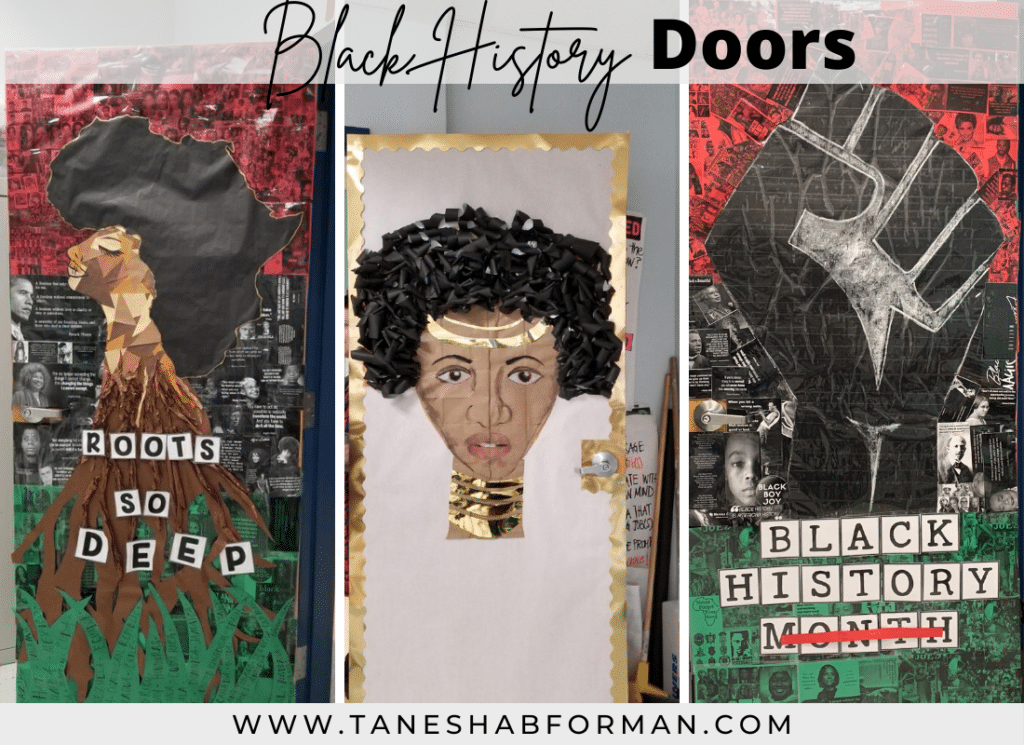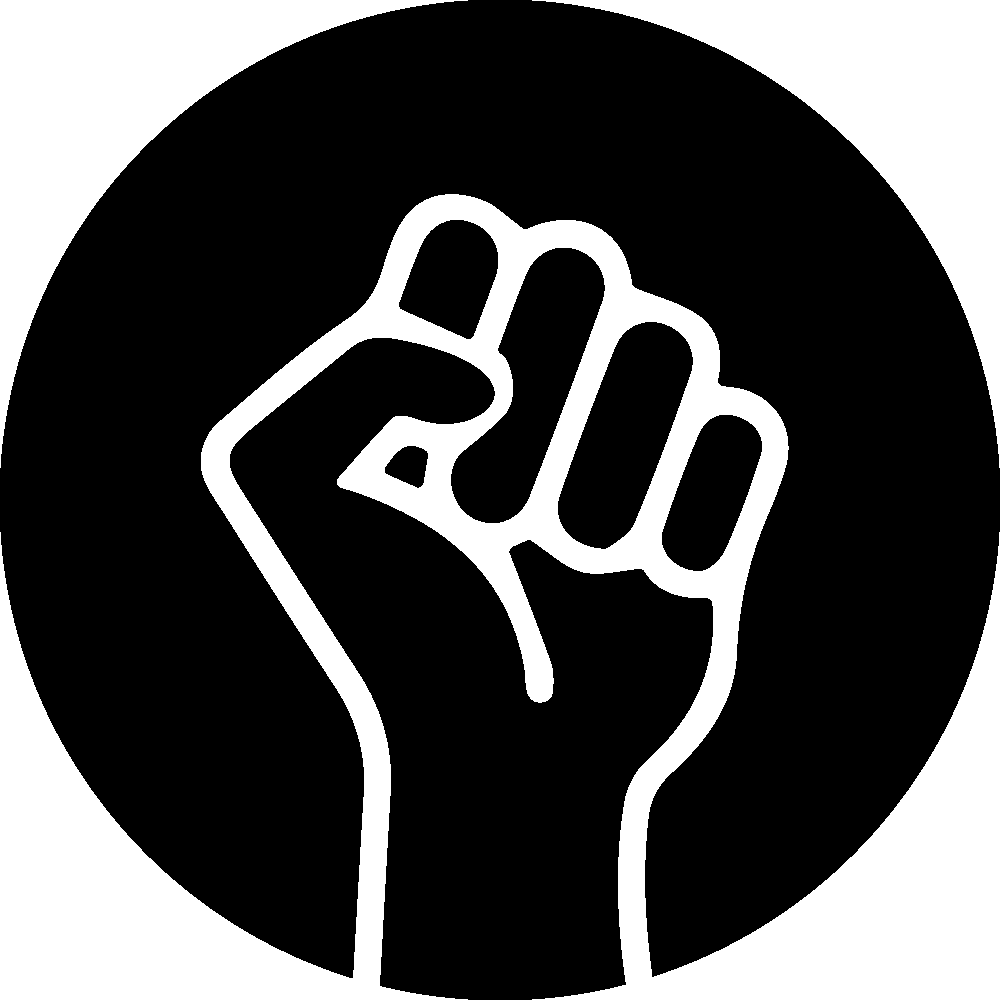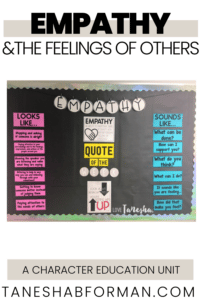

Honoring Black History In School

Black history commemorates the relentless and ongoing struggle for justice, peace, and self-empowerment. February is designated as a tribute to the contributions and achievements of Black people. School communities should be clear and committed to the purpose of their celebrations and ensure that reflections uplift the accomplishments of Black people and go beyond surface-level celebrations.
Tip #1: Ground in purpose
Clarify for the school community why Black History Month is important by holding space for staff and students to strengthen their connection for the importance of this celebration. Often, we operate from a place of routine versus connectivity and authentic investment in our actions and beliefs. Below are resources to learn about the birth of Black History Month:
- The Origins of Black History Month
- Explore the National Museum of African American History and Culture
- This Is How February Became Black History Month
Class communities can share what they learned by making a poster, completing a KWL chart, or even giving a “TED Talk” on the celebration of Black history. Remember, the goal is for students to draw a thread between the reason Black History was started and the importance of continuing to honor the perseverance, persistence, and presence of Black culture.
tip #2: raise critical consciousness
The history of Blackness in this country is ungirded by the demonstration of resilience, resistance, and perseverance despite ongoing systematic and conspiratorial efforts to erase and belittle our existence. Critical consciousness coined by freedom scholar Paulo Freire is “learning to perceive social, political, and economic contradictions and to take action against the oppressive elements of reality.” In short, it’s about questioning and countering injustice. School communities should elevate collective awareness of our world by grounding ourselves in truth. As a school:
- teach the language of inequity – when our communities are aware of injustice, they can disrupt forms of oppression. Language matters!
- discuss the history of race in America
- take action against policies and procedures rooted in racism
- include social and racial justice themes in the curriculum
- review school data (suspension, referrals, access to honors) across lines of difference
- slow down and reflect on daily interactions with members of your school team
TIP #3: DEEPER, NOT WIDER
Black History Month shouldn’t feel like a race to share a drop Black history for 20 or so school days. This approach creates confusion and leads to common pitfalls. Consider assigning each class/homeroom a decade, person, event, place, or explore. Engage students in seeing concepts, issues, themes, and problems from different points of view. Pick a focus and go deep with it.
- themed spirit week
- weekly newsletter led by students
- talent show
- door decoration contest

TIP #4: connect with your community
Every community has history. Tap into your community history and learn about the trials and triumphs of Black people in the city or state. Consider the accomplishments of the past and present. Have students interview their families or local officials to learn more. What makes the Black history in your community unique? Where are there opportunities to create history?
- support local Black businesses
- advertise community events
- invite local community members to speak to the class
Black history is rich and diverse. There are unlimited opportunities for schools to be intentional about celebrating and making connections with students. How is your school honoring Black history? Share!

Support me on Ko-Fi!

PIN FOR LATER!
JOIN THE COLLECTIVE
Sign up and access the FREE resources to support your Anti-Bias/Anti-Racism journey.

Tanesha B. Forman
I'm a current middle school administrator who loves breaking down complex topics and providing opportunities for educators learn, reflect, practice, and implement methods that foster equity and anti-racism. I believe we win together!
Behind the Blog


Hi, I'm Tanesha.
I’m a current middle school administrator who loves breaking down complex topics and providing opportunities for educators learn, reflect, practice, and implement methods that foster equity and anti-racism. I believe we win together!











